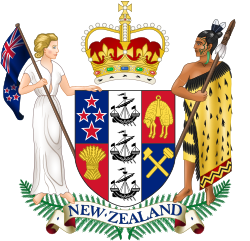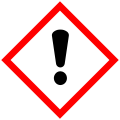| Hazardous Substances and New Organisms Act 1996 | |
|---|---|
 | |
| New Zealand Parliament | |
| |
| Passed | 1996 |
| Royal assent | 10 June 1996 |
| Related legislation | |
| Hazardous Substances and New Organisms (Genetically Modified Organisms) Amendment Act 2002 Hazardous Substances and New Organisms (Approvals and Enforcement) Amendment Act 2005 | |
| Status: Current legislation | |
The Hazardous Substances and New Organisms Act (HSNO) is an Act of Parliament passed in New Zealand in 1996. The New Zealand Environmental Protection Authority (EPA) administers the Act.


